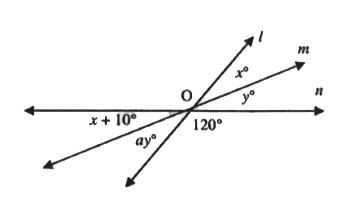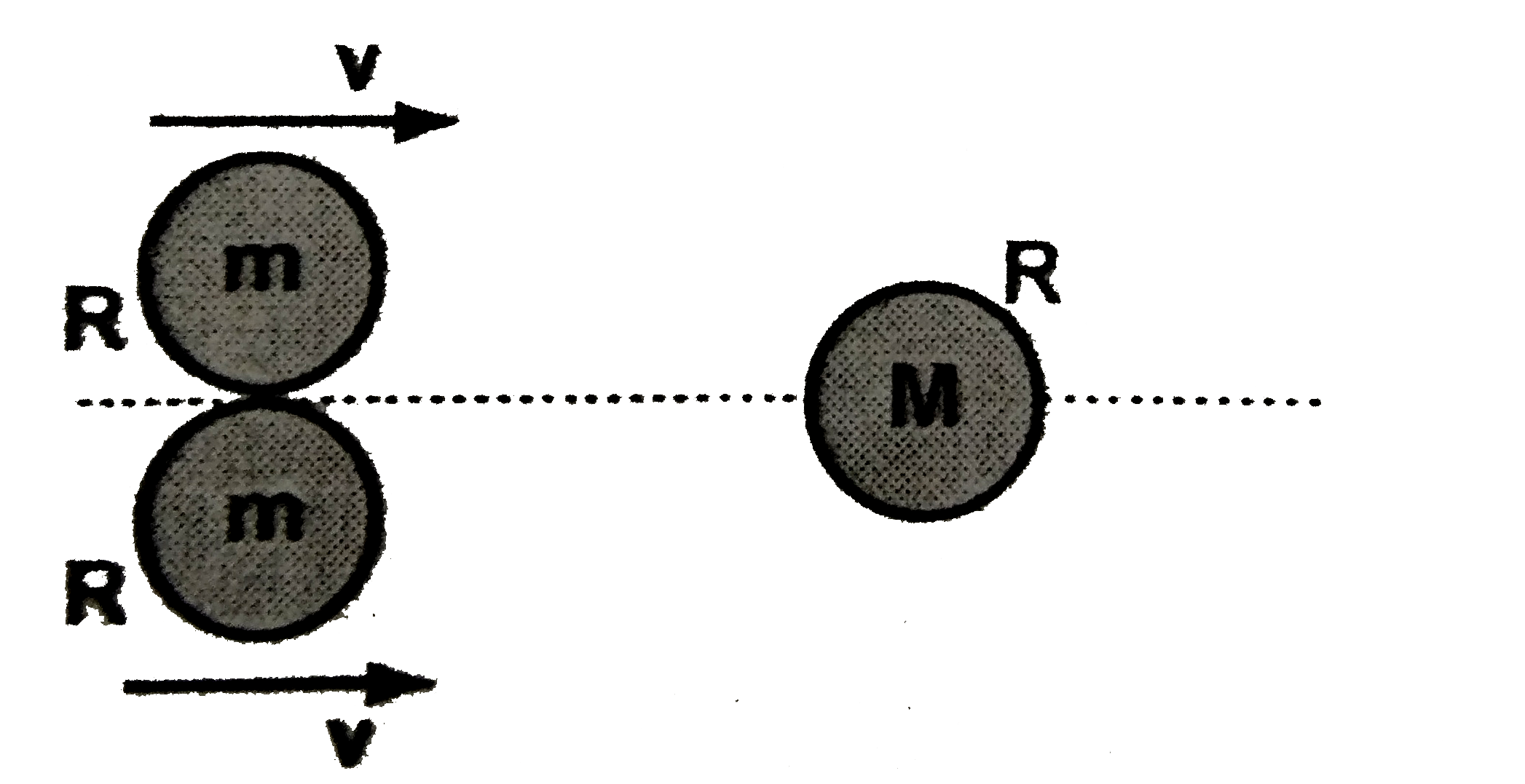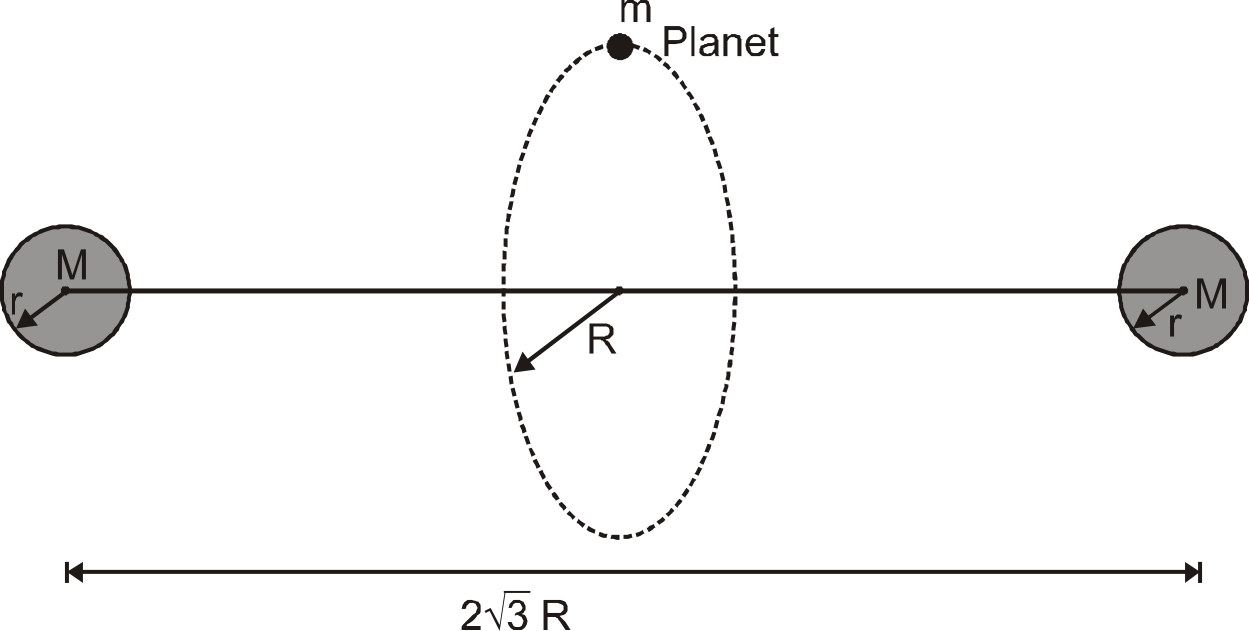Which of the following statements about the striated muscles is ture ?
In the centre of each I-Band is an elastic fiber(Z-line ) which bisects it
M-line is a fibrous memebrane in the middle of A bonds
Thin filament are firmly attached to the M-line
A sarcomere comprises one full A - bonds
ii
iv
iandiii
iandii
The correct Answer is:D
To determine which statements about striated muscles are true, let's analyze each statement step by step.
1. Understanding Striated Muscles:
- Striated muscles, also known as skeletal muscles, are voluntary muscles that exhibit a pattern of light (I bands) and dark (A bands) bands due to the arrangement of actin (thin filaments) and myosin (thick filaments).
2. Analyzing the Statements:
- Statement 1: "In the center of each I-Band is an elastic fiber (Z-line) which bisects it."
- True: The Z-line (or Z-disc) is indeed located at the center of each I-band and bisects it. It serves as an attachment point for thin filaments.
- Statement 2: "M-line is a fibrous membrane in the middle of A bands."
- True: The M-line is a structure that runs down the center of the A band and serves as an anchoring point for thick filaments (myosin).
- Statement 3: "Thin filaments are firmly attached to the M-line."
- False: Thin filaments (actin) are not attached to the M-line; they are anchored to the Z-line. The M-line is where the thick filaments are anchored.
- Statement 4: "A sarcomere comprises one full A band."
- False: A sarcomere is defined as the segment between two Z-lines and includes both an A band and the I bands on either side. Therefore, it does not consist of only one full A band.
3. Conclusion:
- The true statements about striated muscles are:
- Statement 1 is true.
- Statement 2 is true.
- Statement 3 is false.
- Statement 4 is false.
Final Answer:
The correct statements about striated muscles are:
- Statement 1: True
- Statement 2: True
- Striated muscles, also known as skeletal muscles, are voluntary muscles that exhibit a pattern of light (I bands) and dark (A bands) bands due to the arrangement of actin (thin filaments) and myosin (thick filaments).
- Statement 1: "In the center of each I-Band is an elastic fiber (Z-line) which bisects it."
- True: The Z-line (or Z-disc) is indeed located at the center of each I-band and bisects it. It serves as an attachment point for thin filaments.
- Statement 2: "M-line is a fibrous membrane in the middle of A bands."
- True: The M-line is a structure that runs down the center of the A band and serves as an anchoring point for thick filaments (myosin).
- Statement 3: "Thin filaments are firmly attached to the M-line."
- False: Thin filaments (actin) are not attached to the M-line; they are anchored to the Z-line. The M-line is where the thick filaments are anchored.
- Statement 4: "A sarcomere comprises one full A band."
- False: A sarcomere is defined as the segment between two Z-lines and includes both an A band and the I bands on either side. Therefore, it does not consist of only one full A band.
- The true statements about striated muscles are:
- Statement 1 is true.
- Statement 2 is true.
- Statement 3 is false.
- Statement 4 is false.
The correct statements about striated muscles are:
- Statement 1: True
- Statement 2: True
Topper's Solved these Questions
- LOCOMOTION AND MOVEMENTBOOK - CENGAGE BIOLOGY ENGLISHCHAPTER - LOCOMOTION AND MOVEMENTEXERCISE - ARCHIVES
12 Videos
- EXCERETORY PRODUCTS AND THEIR ELIMINATIONBOOK - CENGAGE BIOLOGY ENGLISHCHAPTER - EXCERETORY PRODUCTS AND THEIR ELIMINATIONEXERCISE - ARCHIVES
22 Videos
- MINERAL NUTRITIONBOOK - CENGAGE BIOLOGY ENGLISHCHAPTER - MINERAL NUTRITIONEXERCISE - ARCHIVES
39 Videos
Similar Questions
Read the following statements (A to D) and select the one option that contains both correct statements.
A. Z-line is present in the centre of the light band.
B. Thin filaments are firmly attached to the M-line.
C. The central part of thick filaments, not overlapped by thin filaments is called Z-band.
D. Light band contains only thin filaments.
View SolutionRead the statement regarding myofibril and choose the correct option
1. Each myofibril has alternate dark and light bands.
2. In the centre of each 'A' band is an elastic fibre called 'Z' -line 3. 'A' and 'I' bands are arranged alternately throughout the length of myofibril
4. Sarcomere is the functional unit of contraction
5. Central part of thick filament not overlapped by a thin filament is the 'M' line
View Solution
Knowledge Check
Which of the following statements is correct about excretion in earthworm ?
(i) Earthworm is mainly ureotelic
(ii) Septal nephridia, present on both sides of intersegmental septa of segment 15 to the last open into intestine
(iii) Integumentary nephridia, attached to lining of body wall of segment 3 to the last, open on the body surface
(iv) Different types of nephridia are basicaly similar in structure
(v) Nephridia regulate the volume and composition of body fluids.A(i) and (iv)B(iv) and (v)C(i),(ii),(iii)DAll of theseIn the figure, lines l, m and n intersect at O. Which one of the following must be true about the value of a?
 Aa<5/8Ba=5/7Ca=5/6Da=1
Aa<5/8Ba=5/7Ca=5/6Da=1
State which of the following statements are true (T) or which are false (F) If two lines in the same plane do not intersect, then they must be parallel.
Distance between two parallel lines is not same everywhere.
If m⊥l, n ⊥ l and m ≠n, then mn
Two non-intersecting coplanar rays are parallel.
No two parallel segments intersect.
Every pair of lines is a pair of coplanar lines.
Two lines perpendicular to the same line are parallel.
A line perpendicular to one of two parallel lines is perpendicular to the other.
View SolutionRead the following statements about animal tissue . Identify the true and false ones and select the correct option .
I. Adhering junctions along with cementing cell together facilitate the cells to communicate with each other by connecting the plasma
II. Compound epithelium covers the moist surface of the buccal cavity. Pharynx and lining of ducts of salivary glands.
III. The striated muscle fibre is a thin elongated with point ends and multiple nuclei
IV . Cartilage is present in the tip of the nose and between the bodies of adjacent vertebrae.
View Solution
Two identical discs of mass m and of radius R touch each other and move with the same velocity perpendicularly to the line segment which joins their centres of mass, along the surface of a horizontal smooth tabletop. There is a third disc of mass M and of radius R at rest, at a point on thhe perpendicular bisector of of the line segment joining the centres of mass of the two moving discs as shown in the figure. The two moving discs collide elastically with the third one, which is at rest there is no friction between the rims of the discs. What should the ratio of M/m be in order that after the collision the two discs of mass m move perpendicularly to their intial velocity?
View SolutionRead the following statements regarding muscle contraction
(i) One ATP utillised for making and breaking of the cross bridge.
(ii) The sarcomere lies between 2 Z-lines
(iii) Troponin blocks the active sites in resting stage
(iv) Ca++ ions help in unmasking active sites on HMM
Choose the correct option
View SolutionConsider a hypothetical solar system, which has two identical massive suns each of mass M and radius r, seperated by a seperation of 2√3R (centre to centre). (R gtgtgtr). These suns are always at rest. There is only one planet in this solar system having mass m. This planet is revolving in circular orbit of radius R such that centre of the orbit lies at the mid point of the line joining the centres of the sun and plane of the orbit is perpendicular to the line joining the centres of the sun. Whole situation is shown in the figure.

Q. Average force on the planet in half revolution is
View SolutionGo through the following statements :
(i) Lysosomes contain hydrolytic enzymes which are optimally active at the alka line pH.
(ii) A number of proteins synthesised by ribosomes on the endoplasmic reticulum are modified in the cisternae of the Golgi apparatus before they are released from its cis face.
(iii) Typically a mitochondrion has a diameter of 0.2-1.0 μm and length of 1.0 - 4.1 μm
(iv) Elaioplasts store oils and fats.
Find out the correct statements
View Solution